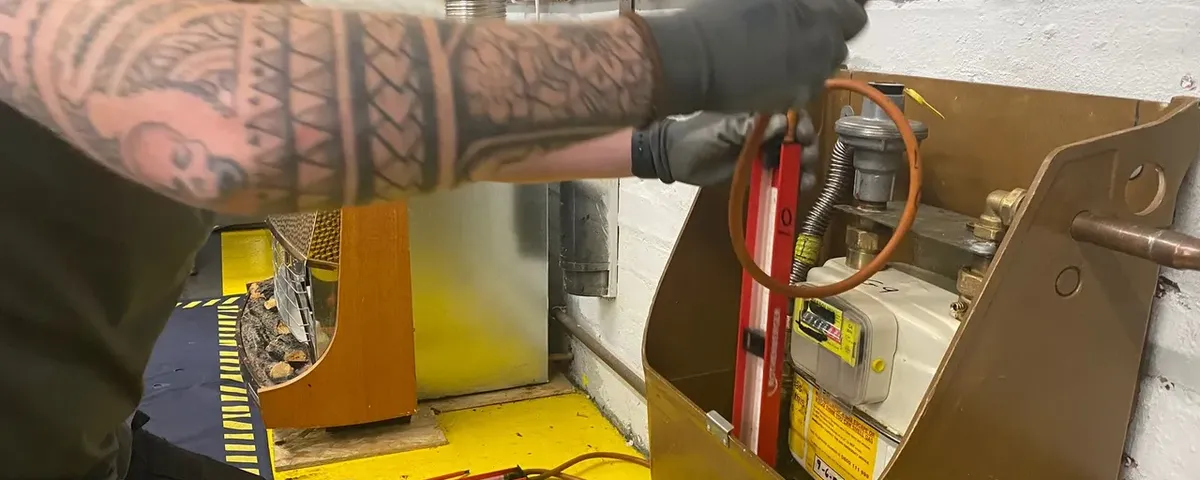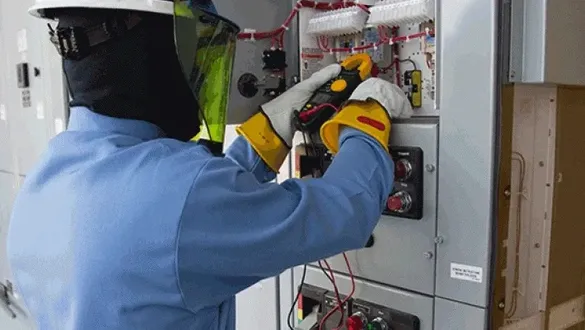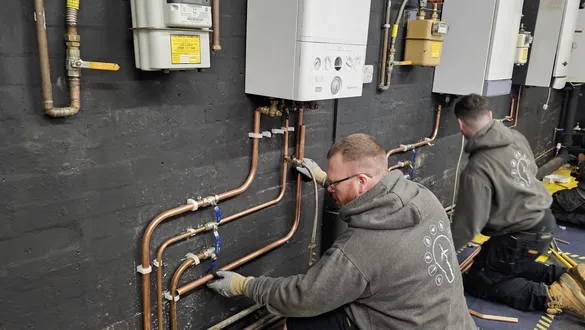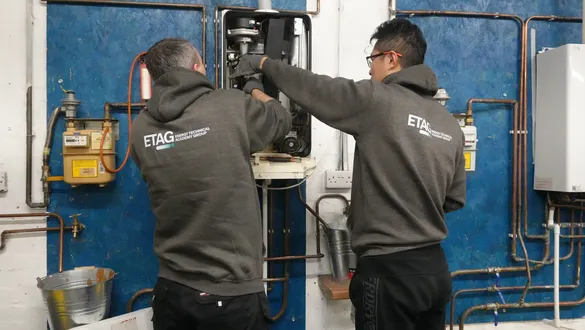
Medium Pressure Gas Testing - Can you spot the issue?
12th July
Video Summary
In a new video series, our Founder, Tommy Smith, will walk us through key pointers and tests across Energy Technical Academy's large portfolio of gas testing and compliance courses.
In our first video in the series, Tommy looks at medium-pressure gas Testing at our Energy Technical Academy Group Kirkintilloch site. There’s also something significant missing during the video; can you spot it?
Transcription
Hello on this beautiful Monday. The son's out for a wee change. A wee bit of in house training today. We're going to do some REGT-1 training. Medium pressure. And what better rig to do it on than a live meter.
This is a live medium pressure setup. We're just doing the tightness test at the moment and then we will connect up the testing equipment to check the new regulator.
So, the tightness test has been complete. Stabilisation and the tightness test period has passed all as well so far.
A nice shiny regulator ready to go. This is a Majura, the most modern type of regulator that's been currently used at the moment in the field.
We're going to carry out some testing. We're using RxC from BS6400 part 2. And we will be testing to see if our relief activates at 35 millibar. If you look just in this section here, it would be 35 plus or minus 3.5. So this is when we should see it activate.
It tells you to use a cup of water for this part of the test checking the relief is operating but it's unlikely you'll be carrying one so a bottle of leak detection fluid does the job well.
I'm just going to introduce some pressure into the installation just now and when we get to 35 plus or minus 3.5 it should start to blow bubbles which it is and that is doing so at 36 millibar.
There's gonna be a little re-brand coming soon, this is the current brand that we, the logo that we have, but we're gonna be changing that very shortly, so watch this space for that.
We're gonna do a quick purge, this is a direct purge. We'll get our operating pressure, which is 21 mbar, and we're checking the excess flow valve here. Which is excellent.
All meters and all regulators should, in my opinion, have an excess flow valve, which essentially means if the gas pipe was cut in the house, it would cut off. But standard low pressure regulators don't have that function built into the mechanism.
So we're using this Aluminous Balloon here to gain the extra pressures that we need for testing the relief and so on. But if you want to learn more about this and the actual full process, you can come and see us on our REGT1 course.
Hopefully we'll see you soon. Thank you.


